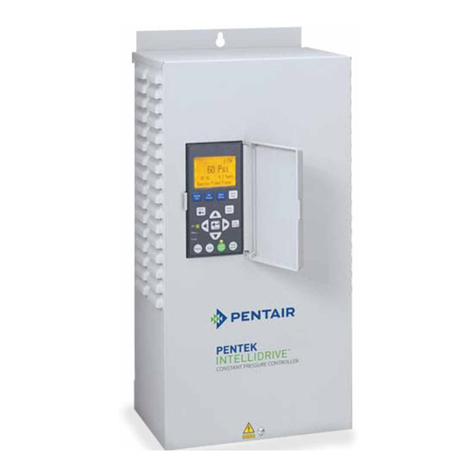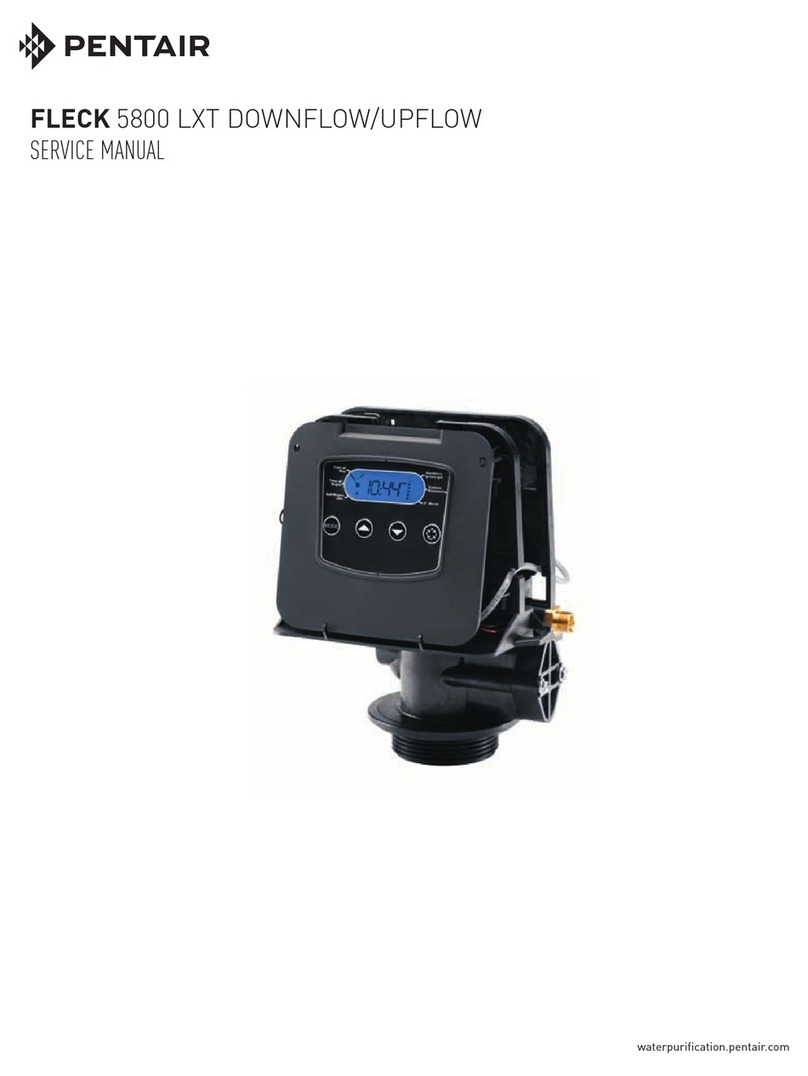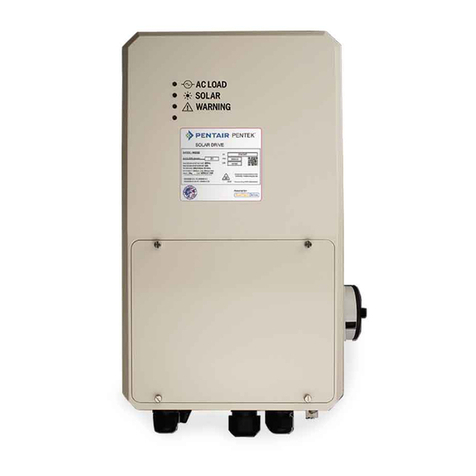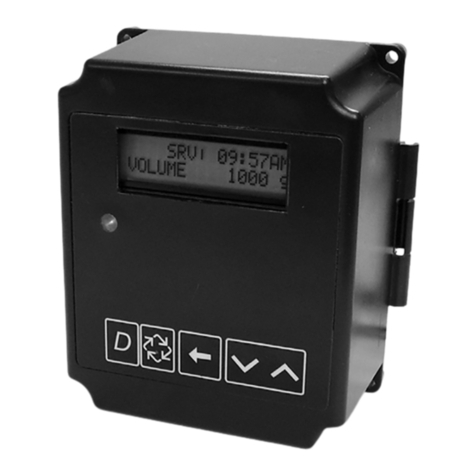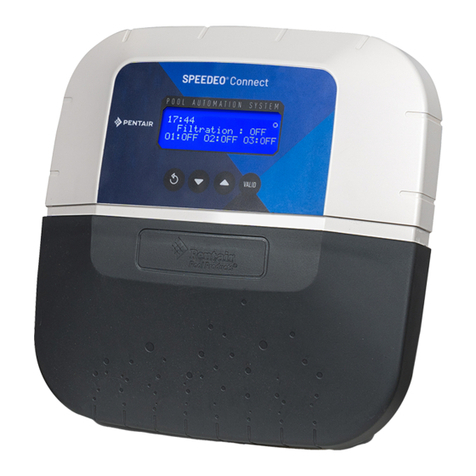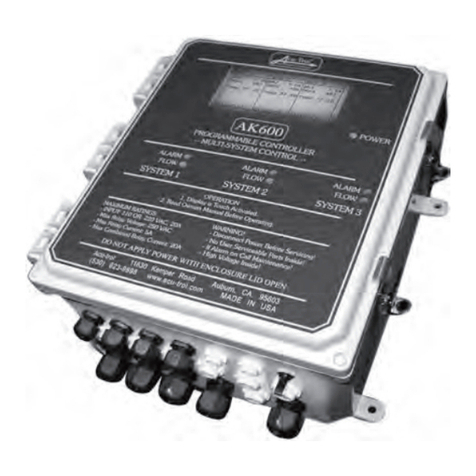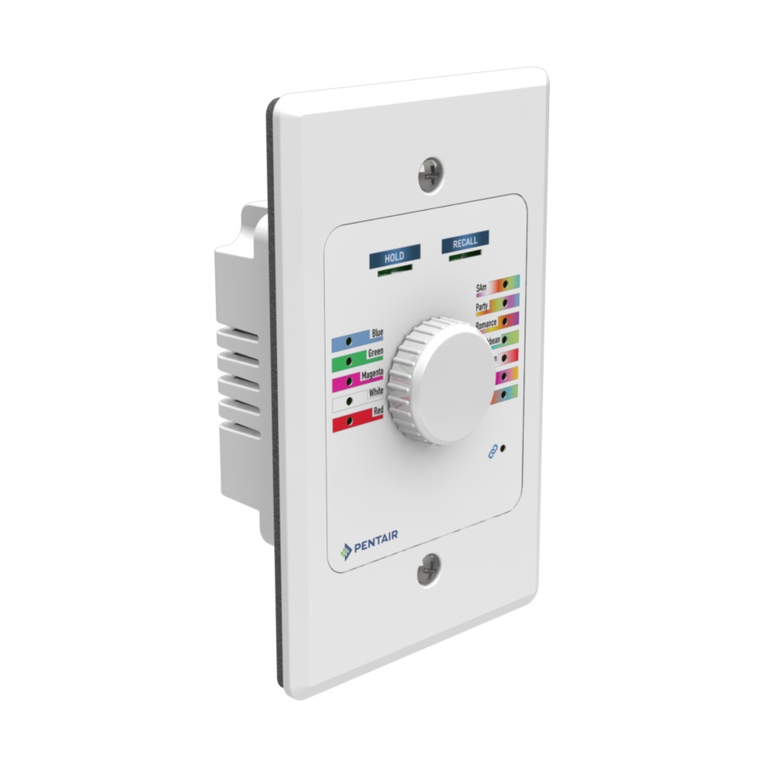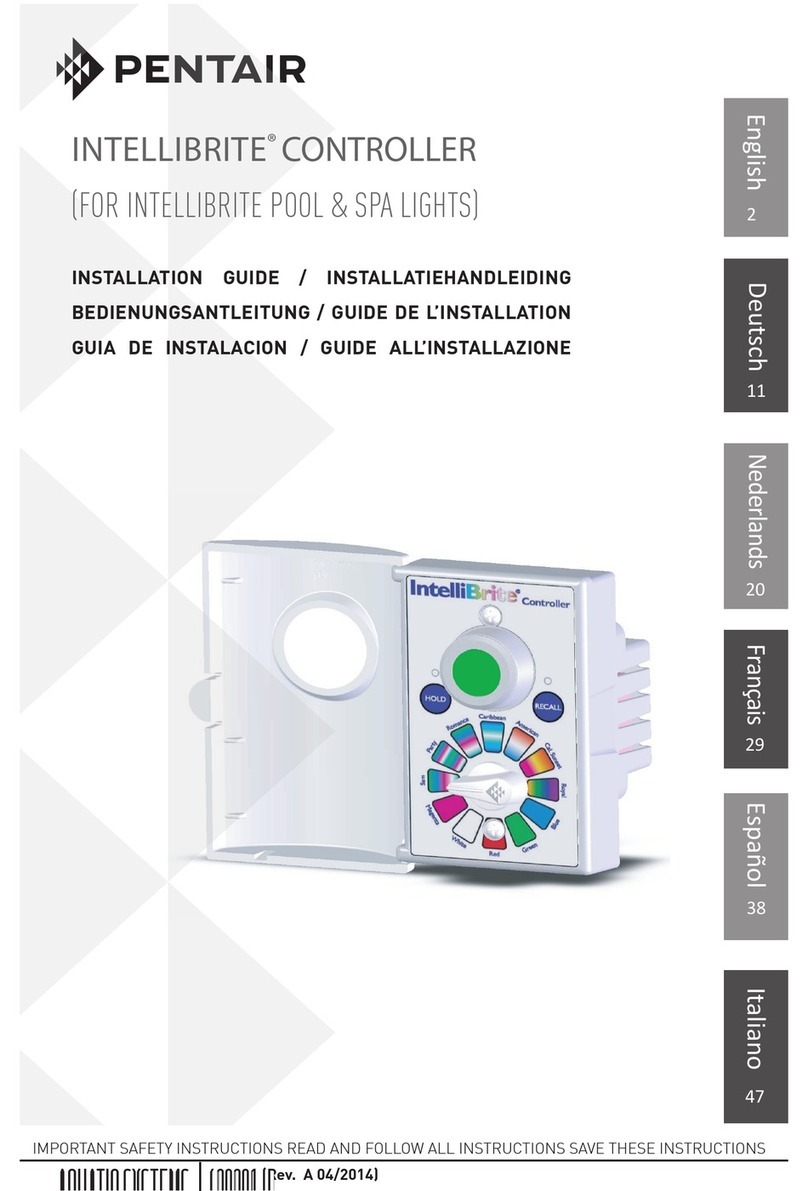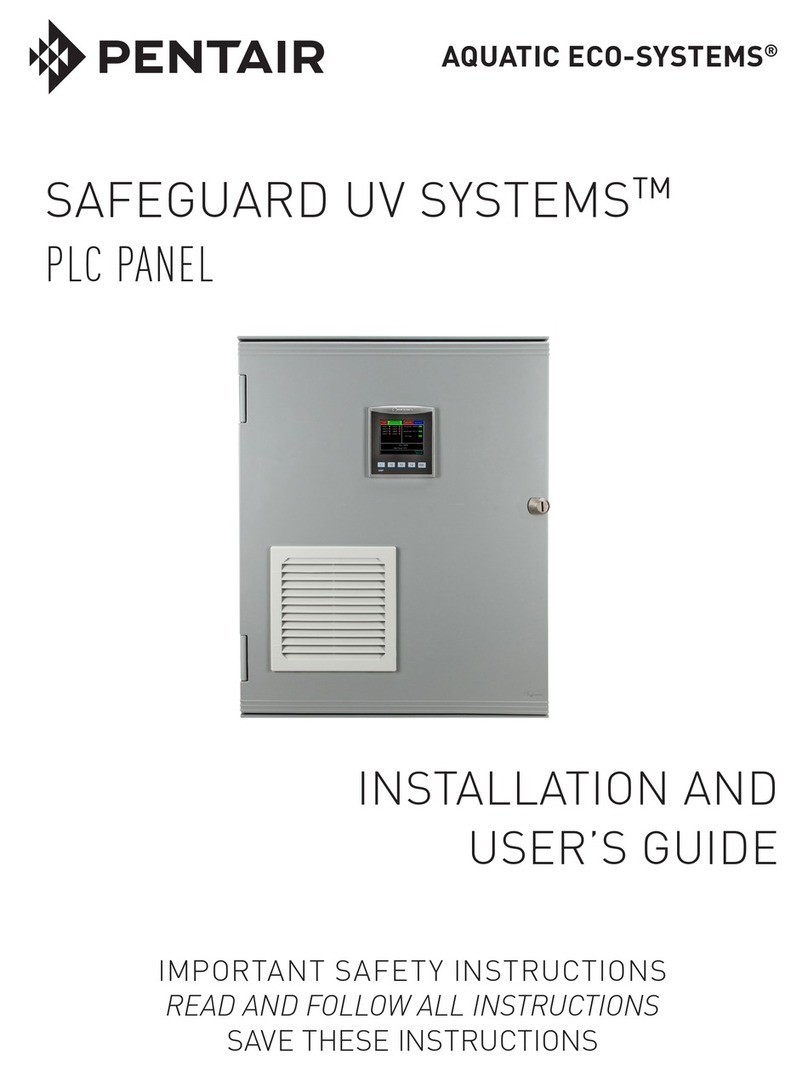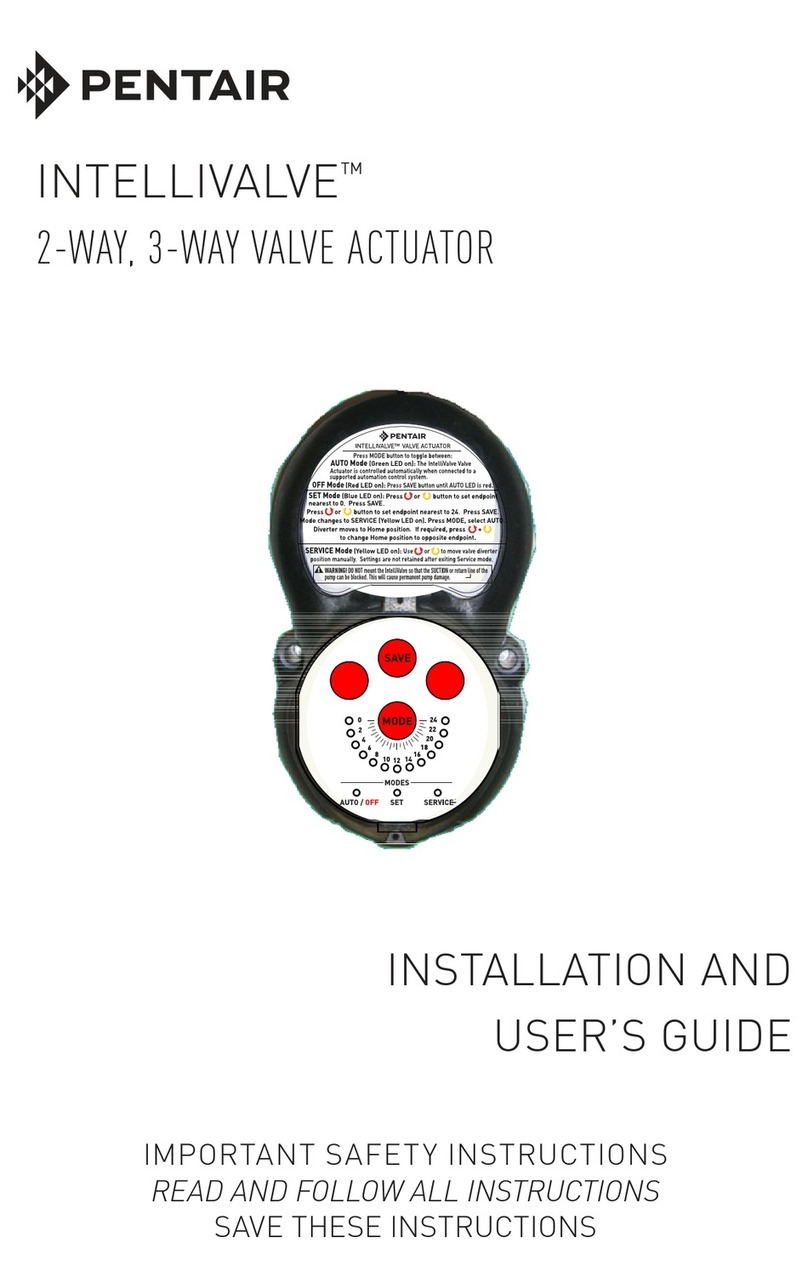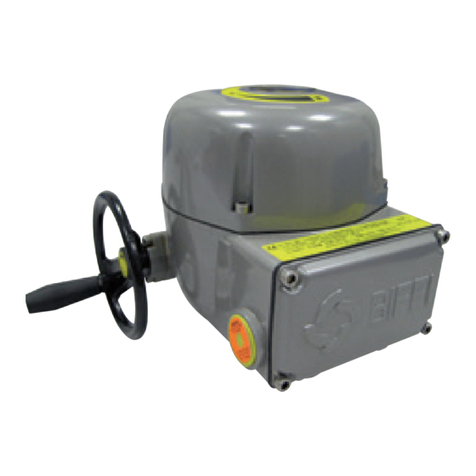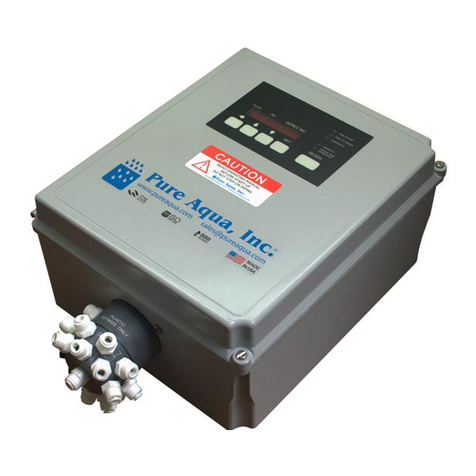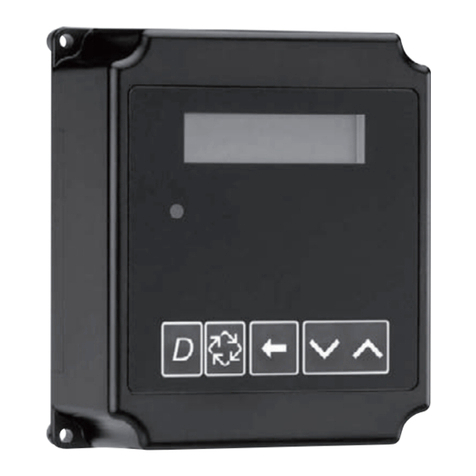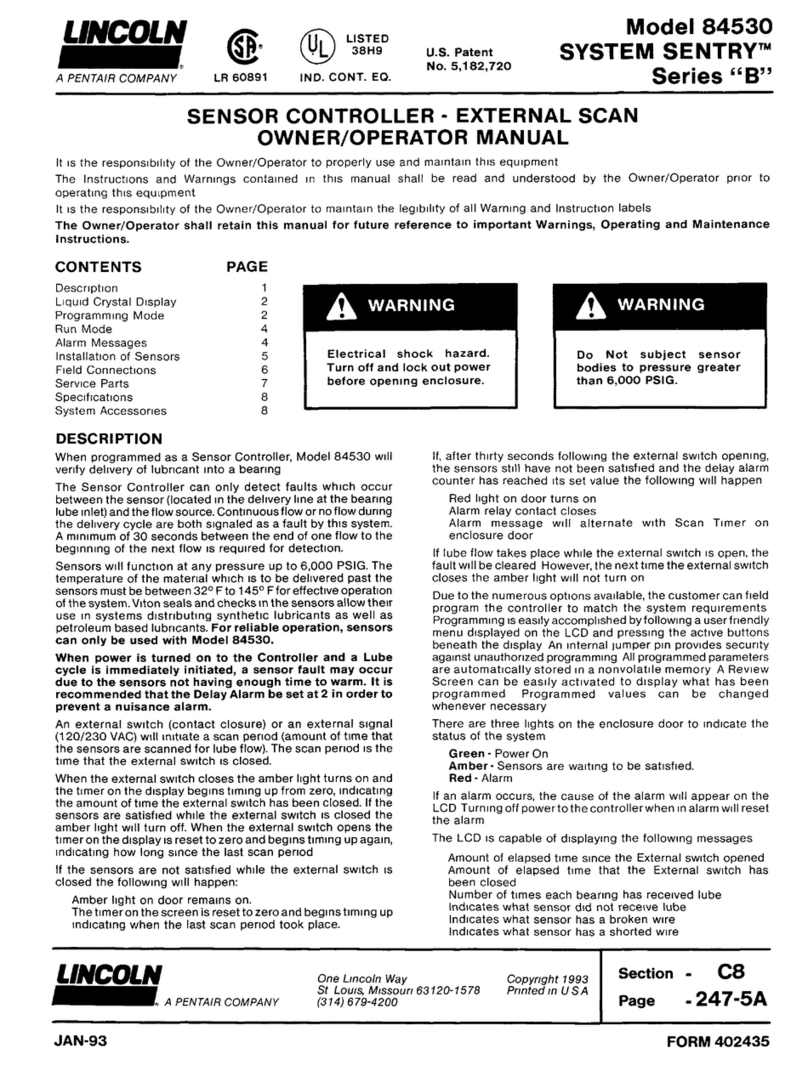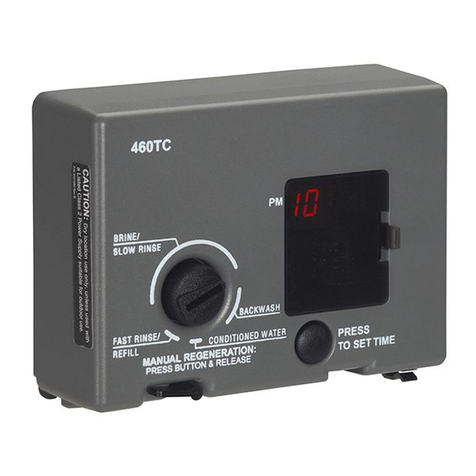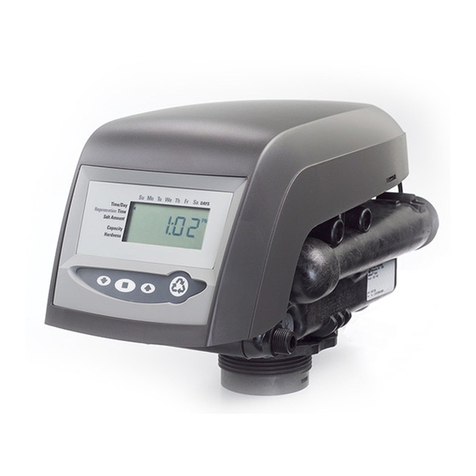
Pentair reserves the right to change the contents without notice page 5
AVID XA+ Control Position Monitor
Installation & Operating Instructions
5.1.2 Optional features - Falcon II
5.1.2.1 Momentary Override
Spring return momentary push type, must hold in to actuate. See Fig. 5A
5.1.2.2 Manual Locking Override
Manually depress palm button and rotate clockwise for maintained condition, must manually
disengage to return to original position. See Fig. 5B
5.1.2.3 No-Voltage Release (Latching)
With the coil first energized, the palm button is then manually moved and latched.
The inward movement of the palm button causes the valve to shift.
When the coil is de-energized, the palm button and latching mechanism are automatically
tripped, allowing the valve to return to its original position. See Fig. 5C
5.1.2.4 Hex Drive Maintained Override
Insert Allen key in hex head screw and rotate clockwise (4-5 turns) to shift spool. Valve
will stay put until hex head screw is rotated counter clockwise (4-5 turns) back to original
position. See Fig. 5D
5.1.3 Specifications
Operating pressure: 45 - 120 psig / 3.1 - 8.2 bar
Operating media: Non lubricated filtered air to 20 microns
5.1.4 Field wiring
Complete the electrical wiring in accordance with national and local electrical requirements.
The ground wire should be secure under the green screw. Check all screws for tightness.
A B
C
Figure 5
D
Figure 6 - Air Line Designation, 1/4” NPT or BSP air ports for inlet, outlet and exhaust
Spring Return valve
Description of operation:
Solenoid de-energized - air flows from
Outlet Port 2 to Exhaust Port 3.
Solenoid energized - air flows from Inlet
Port 1 to Outlet Port 2.
Spring Return valve
Description of operation:
Solenoid de-energized - air flows from
Inlet Port 1 to Outlet Port 2 and exhausts
from Port 4 to Port 5.
Solenoid energized - air flows from Inlet
Port 1 to Outlet Port 4 and exhausts from
Port 2 to Port 3.
Dual Coil valve
Description of operation:
Coil B de-energized - air flows from Inlet
Port 1 to Outlet Port 2 and exhausts from
Port 4 to Port 5.
Coil A energized - air flows from Inlet Port
1 to Outlet Port 4 and exhausts from Port
2 to Port 3.
A
B
5.1.5 (Air line) Installation considerations
Air mains and lines should be large enough to avoid excessive pressure loss under
conditions of maximum flow. Air lines should be installed with as few restrictions as possible
if the cost of compressed air is to be kept to a minimum. Sharp turns in piping should be
avoided for more efficient air flow and economical air power. It is advisable to pitch the
mains in the direction of air flow so that both gravity and air flow will carry the water to traps
or water legs located at frequent intervals.
To help in preventing condensed moisture from reaching the point of usage, down pipes
should never be taken directly from the bottom of air pipes or mains. Connection should be
made at the top of the main and a long radius return bend used.
